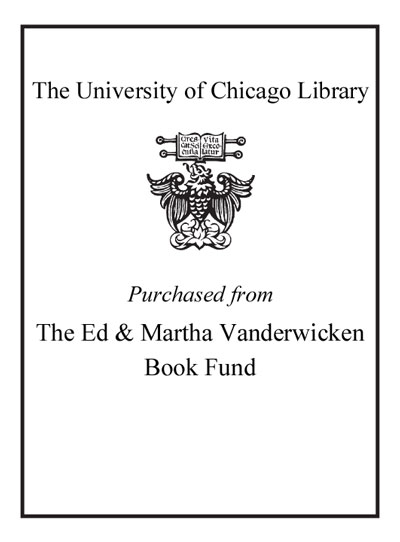From genes to genomes : concepts and applications of DNA technology /
Saved in:
| Author / Creator: | Dale, Jeremy (Jeremy W.) |
|---|---|
| Edition: | 2nd ed. |
| Imprint: | Chichester, England ; Hoboken, NJ : John Wiley & Sons, c2007. |
| Description: | x, 384 p. : ill. ; 25 cm. |
| Language: | English |
| Subject: | |
| Format: | E-Resource Print Book |
| URL for this record: | http://pi.lib.uchicago.edu/1001/cat/bib/6649430 |
Table of Contents:
- Preface
- 1. Introduction
- 2. Basic molecular biology
- 2.1. Nucleic acid structure
- 2.2. What is a gene?
- 2.3. Information flow: gene expression
- 2.4. Gene structure and organization
- 3. How to clone a gene
- 3.1. What is cloning?
- 3.2. Overview of the procedures
- 3.3. Gene libraries
- 3.4. Hybridization
- 3.5. Polymerase chain reaction
- 3.6. Extraction and purification of nucleic acids
- 3.7. Detection and quantitation of nucleic acids
- 3.8. Gel electrophoresis
- 4. Cutting and joining DNA
- 4.1. Restriction endonucleases
- 4.2. Ligation
- 4.3. Modification of restriction fragment ends
- 4.4. Other ways of joining DNA molecules
- 5. Vectors
- 5.1. Plasmid vectors
- 5.2. Vectors based on the lambda bacteriophage
- 5.3. Cosmids
- 5.4. M13 vectors
- 5.5. Expression vectors
- 5.6. Vectors for cloning and expression in eukaryotic cells
- 5.7. Supervectors: YACs and BACs
- 5.8. Summary
- 6. Genomic and cDNA libraries
- 6.1. Genomic libraries
- 6.2. Growing and storing libraries
- 6.3. cDNA libraries
- 6.4. Random, arrayed and ordered libraries
- 7. Finding the right clone
- 7.1. Screening libraries with gene probes
- 7.2. Screening expression libraries with antibodies
- 7.3. Subcloning
- 7.4. Characterization of plasmid clones
- 8. Polymerase chain reaction
- 8.1. The PCR reaction
- 8.2. PCR in practice
- 8.3. Cloning PCR products
- 8.4. Long-range PCR
- 8.5. Reverse-transcription PCR
- 8.6. Rapid amplification of cDNA ends
- 8.7. Quantitative PCR
- 8.8. Applications of PCR
- 9. Characterization of a cloned gene
- 9.1. DNA sequencing
- 9.2. Databank entries and annotation
- 9.3. Sequence analysis
- 9.4. Sequence comparisons
- 9.5. Protein structure
- 9.6. Confirming gene function
- 10. Analysis of gene expression
- 10.1. Analysing transcription
- 10.2. Methods for studying the promoter
- 10.3. Regulatory elements and DNA-binding proteins
- 10.4. Translational analysis
- 11. Products from native and manipulated cloned genes
- 11.1. Factors affecting expression of cloned genes
- 11.2. Expression of cloned genes in bacteria
- 11.3. Expression in eukaryotic host cells
- 11.4. Adding tags and signals
- 11.5. In vitro mutagenesis
- 11.6. Vaccines
- 12. Genomic analysis
- 12.1. Genome sequencing
- 12.2. Analysis and annotation
- 12.3. Comparing genomes
- 12.4. Genome browsers
- 12.5. Relating genes and functions: genetic and physical maps
- 12.6. Transposon mutagenesis and other screening techniques
- 12.7. Conclusion
- 13. Analysis of genetic variation
- 13.1. Single nucleotide polymorphisms
- 13.2. Larger-scale variations
- 13.3. Other methods for studying variation
- 13.4. Human genetic diseases
- 13.5. Molecular phylogeny
- 14. Post-genomic analysis
- 14.1. Analysing transcription; transcriptomes
- 14.2. Array-based methods
- 14.3. Translational analysis; proteomics
- 14.4. Post-translational analysis: protein interactions
- 14.5. Integrative studies; systems biology
- 15. Modifying organisms; transgenics
- 15.1. Modification of bacteria and viruses: live vaccines
- 15.2. Transgenesis and cloning
- 15.3. Animal transgenesis
- 15.4. Applications of transgenic animals
- 15.5. Transgenic plants and their applications
- Glossary
- Bibliography
- Index


